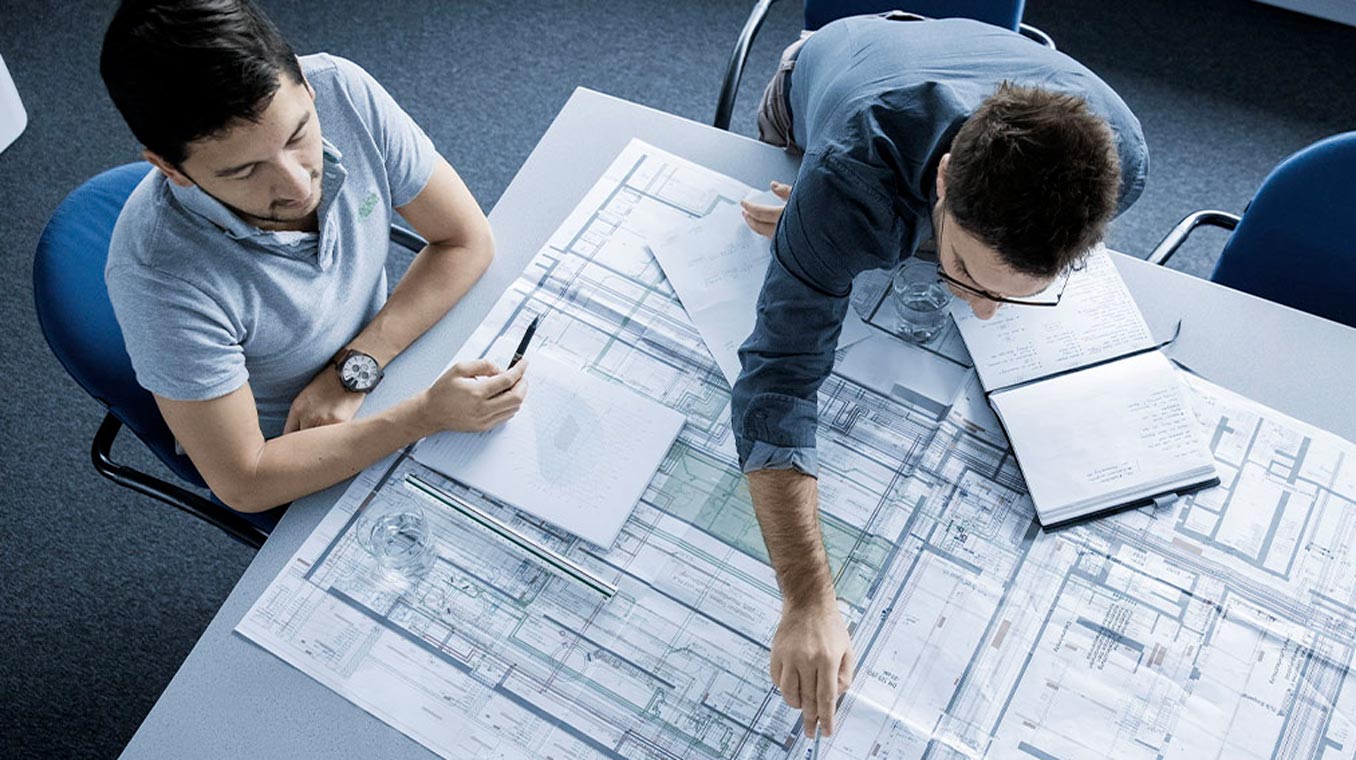“Motivate your employees and let them try it out”
Introducing modern ways of working offers many benefits, but the change can prove challenging. Employees in particular can find the process tough. In this interview, Claudia Nef, former Head of Communications at Hälg Group, describes her experience of the transformation and identifies the factors in the Group’s success.
Text: Martina Longo, Pictures: Hälg Group, Claudia Nef, Date: November 25th 2021 4 min.
Ms Nef, you introduced Microsoft 365 and Teams at Hälg. What was your main focus?
A new technical solution can only be beneficial if it is used effectively by your employees. It is therefore crucially important to place people’s needs at the forefront of these technical changes. Microsoft 365 is designed to simplify our lives and have a positive impact on both the company and the employees. We therefore worked with Swisscom to launch a programme to help us bring new technologies to the company and put our employees at the heart of the process.
Could you explain the programme in more detail?
Our programme is called “Rocket” and it encapsulates our approach: we want to harness these new, modern ways of working to get the best out of our company and our employees, and ensure that we are ready for the future. We will only achieve this if the employees are fully behind it and are involved in the process from the start.
We use the word “programme” deliberately because our journey to a modern workplace is ongoing. Unlike a project, change management is a continuous process. At Hälg, we are constantly re-evaluating our ways of working, technologies, mindset and associated corporate culture.
How did you involve your employees in the process?
We initially conducted an employee survey about applications and then worked with them to analyse the status quo. The responses helped us to determine whether Microsoft 365 and Teams would be suitable solutions – we were able to establish that they are. We then launched a very transparent pilot phase involving around 120 employees. This co-creation phase was essential as it allowed to us to work with our employees to develop a way of deploying Microsoft Teams to meet our needs within the company.
New technologies and modern ways of working can often cause frustration and face opposition. How did your employees respond?
Their mindset was fundamentally positive right from the start. Many of them were already familiar with the Microsoft Teams concept ‒ some employees were even expecting us to move in that direction. And we also involved them in the change management process from the outset and communicated this very actively and comprehensively throughout the company. Of course, we have also experienced resistance from different sides. When this has reached us, it is an opportunity to respond to the inputs. This is what we have done.
“Employees need to pull together to ensure that modern working practices are successful.”
The way people deal with new technologies varies from one person to the next, but also depends on their job. If you use a screen at work every day, then you will have more affinity with IT than employees on construction sites or assignments.
What were the biggest challenges you faced during the transition to Microsoft 365 and Teams?
Our heterogeneous corporate DNA was a major challenge. All 22 of our locations operate autonomously and target their regional markets independently, for instance. We also have a very diverse workforce, in terms of age, background and career path, but also in terms of training, role and IT skills. The nature of our industry itself proved to be a further challenge. In the building services engineering sector, we work to a schedule on construction projects, and know how a building will look before we start building it. However, with the rollout of Microsoft 365, we diverged from our usual approach for the first time and embarked on an open-ended process, which was both exciting and challenging.
What tips would you give other companies wishing to introduce modern ways of working?
To ensure that modern working practices are successful, company employees need to pull together and support and encourage each other. In particular, managers need to get behind the transformation process and lead by example. Furthermore, the transformation should be tackled in stages, allowing employees to get used to the new applications and ways of working gradually and incorporate them into their day-to-day work. The ability to cope with the uncertainty and insecurity that this type of process brings is also crucial ‒ and is not always easy.
It is also essential to motivate your employees, let them try it out, get them involved in analysis and problem solving and give them the space and time to experiment. Only then will you determine whether the new approach provides the benefits you are seeking and get your employees on board with its implementation.
Profile
Claudia Nef is former Head of Communications and Marketing at the Hälg Group. Her primary focus is on supporting the company through the change process.
The company
The Hälg Group was founded in St. Gallen in 1922. It is one of the leading Swiss building services engineering companies. The company facilitates the smooth, successful implementation of building services engineering projects, from planning and installation through to maintenance.

